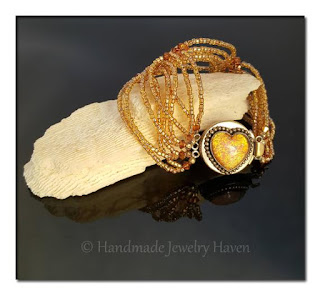
Tuesday February 5th 2019 rings in the Chinese or Lunar New Year, which runs until February 20th.
The Pig is the twelfth of all zodiac animals. According to one myth, the Jade Emperor said the order would be decided by the order in which they arrived to his party. The Pig was late because he overslept. Another story says that a wolf destroyed his house. He had to rebuild his home before he could set off. When he arrived, he was the last one and could only take the twelfth place.
The Pig is also associated with the Earth and the hours 9–11 in the night. In terms of yin and yang, the Pig is yin. In Chinese culture, pigs are the symbol of wealth.
Their chubby faces and big ears are signs of fortune as well.
Pigs might not stand out in a crowd. But they are very realistic. Others may be all talk and no action. Pigs can be opposite.
Not wasteful spenders, they will let themselves enjoy life. They love entertainment and will occasionally treat themselves. They are a bit materialistic, but this is motivation for them to work hard. Being able to hold solid objects in their hands gives them security.
They are energetic and are always enthusiastic, even with boring jobs. If given the chance, they will take positions of power and status. They believe that only those people have the right to speak.
Men born in the year of the Pig are optimistic and gentle. They are very focused. Once they decide on a goal, they’ll put everything into it.
They are not the best with money. Though cool-headed, they are also gullible. They trust others easily and are often scammed. This can cause them to lose a fortune.
These men are also quiet. They love learning but don’t really know how to put their knowledge into words. They’re not conversationalists, but treat everyone warmly. This results in a large social circle.
Women born in the year of the Pig are full of excitement. They attend social events whenever possible and treat everyone genuinely. Combined with their easygoing personality, they gain everyone’s trust.
However, they are sometimes over-friendly. In their excitement, they can forget to give others personal space.
They also have good fortune with wealth. As long as they keep at it, the efforts will not go to waste. Though they don’t start with an advantage, their hard work will keep money flowing in.
At home, they are highly organized. If the room is messy, they’d stay up the entire night to clean it up. These women love children too. Playing with children is one of the things that bring them the greatest joy.
Celebrate the year of the Pig with a wonderful Asian inspired Lucky Yen Bracelet!
Until February 20th, we are offering the matching earrings for FREE!!
I love to read comments so please, leave one here! To have your comment published, please leave your name so we know where to find you and read and comment on your blog too!
 Follow my blog with Bloglovin
Follow my blog with Bloglovin








 How do I love thee; let me count the ways.
How do I love thee; let me count the ways.












 I thought I would share with you my thoughts on my newest magazine subscription.
I thought I would share with you my thoughts on my newest magazine subscription.
 One of the things I loved about this inaugural issue was the introduction of the contributors along with how to reach them on social media. I followed a few of them and to my surprise, some followed back and some I conversed with, such as Jason Sandy, who is an American 'Mudlarker' in London. Don't know what a 'Mudlarker' is? I didn't either! But I found out that they are very similar to Seaglassers, as they search through mud at low tide along rivers for artifacts. His article in the magazine was aptly named, 'Pirates Of The River Thames'. He can be found on Instagram @jasonmudlark .
One of the things I loved about this inaugural issue was the introduction of the contributors along with how to reach them on social media. I followed a few of them and to my surprise, some followed back and some I conversed with, such as Jason Sandy, who is an American 'Mudlarker' in London. Don't know what a 'Mudlarker' is? I didn't either! But I found out that they are very similar to Seaglassers, as they search through mud at low tide along rivers for artifacts. His article in the magazine was aptly named, 'Pirates Of The River Thames'. He can be found on Instagram @jasonmudlark . 